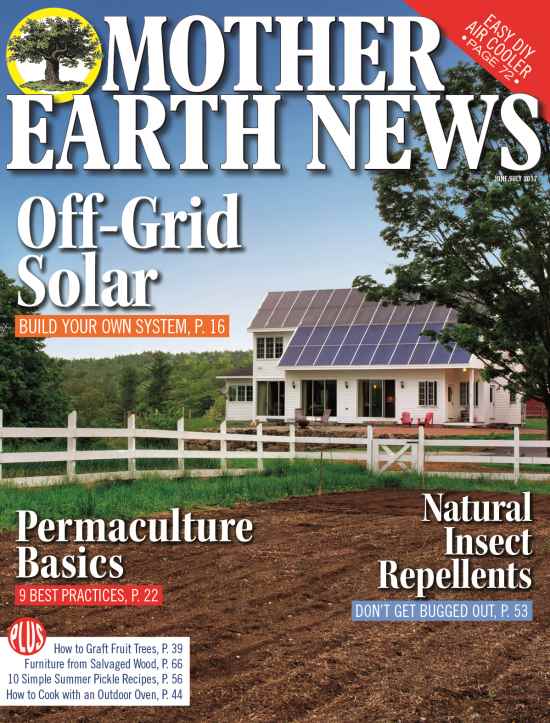Animal tractors are bottomless pens for housing livestock. They are designed to be moved easily. Whether you have an existing barn or coop for your animals or you are considering adding livestock to your homestead, animal tractors may be a good fit for you.
Virtually all small livestock and poultry can be housed in an animal tractor, and it’s even possible to house larger animals such as pigs in one if you don’t mind using machinery to move it. We raise all our meat chickens in movable tractors once they are old enough to leave the brooder. Currently, animal tractors are also housing rabbits, chickens, and quail here at Pleasant Valley Farm.
We have also used a movable tractor to house pigs being raised for market in the past. In this case, it was large enough to require machinery to move. As we farm with draft horses rather than tractors, for us, this meant with a pickup truck or our team of Belgian draft mares. We found that it was a bit less labor intensive to use electric fencing on movable posts for the hogs, but if you had a farm tractor you may find that even large animal tractors may work well for you.
Animal tractors have a number of advantages. Since the ground is the floor of the pen, the animals inside have access to grass, bugs, and other natural parts of their diet. Since the critters are confined to a small space, they will quickly graze down favorite foods. As with mob grazing, this also means they will also graze down not-so-favorite foods. This makes better utilization of your pasture area and makes it easy to rotate the area they have access to. Later in the season, the same area will be ready to provide forage once again, just like in rotational grazing.
Frequently moving the animals means the manure does not pile up like in a stall, coop, or small paddock. This means your animals or birds have fresh grass as well as a clean area to relax every time you move the tractor. Rather than filling up the manure spreader by hand and then mechanically spreading it over fields, the animals spread even layers over the pen area and leave it behind when moved to a new area. While moving a number of animal tractors daily or several times a week will require a bit of time, it saves time and labor by reducing the amount of manure you need to shovel and spread!
I like to think that my rabbits and poultry are working for me when they are housed in tractors. I put the rabbits, quail and small heritage breed chickens I’m currently growing out in tractors near the farmhouse. Each day when I move them, I’m amazed at how efficiently they are mowing the backyard for me. Moved regularly, rabbits and a few small birds don’t produce enough manure to make much of a smell, either. It also means I’m getting nutrition value out of the lawn area that I’m not willing or able to fence in permanently. This reduces my feed costs and allows these normally unproductive areas of the homestead to contribute to the bottom line.

Our Silver Fox rabbits enjoy having fresh grass each day!
Our meat chickens are raised in larger tractors which are further from the house. Cornish-Rock meat birds seem to know only how to eat and make manure, so it’s best to keep them a bit further from the back door. Running their pens over a small area one year means it’s wonderfully fertile garden soil the following spring. I’ve truly never grown such prolific vegetables as I do in an area the meat birds have used just prior. In fact, the chickens do such a great job that I’m planning on using them to fertilize and mow what will hopefully become a small orchard. I planted my first two heirloom apple trees this spring in an area we frequently use for meat birds. We spaced the trees with this in mind, and I’m hoping to add more varieties in years to come. I’m hoping that as the trees grow, they provide some more shade for the chickens during the heat of the summer. In return, the chickens can fertilize the orchard soil organically. This way, I can harvest two completely different crops from the same acreage, and each will help the other thrive.










